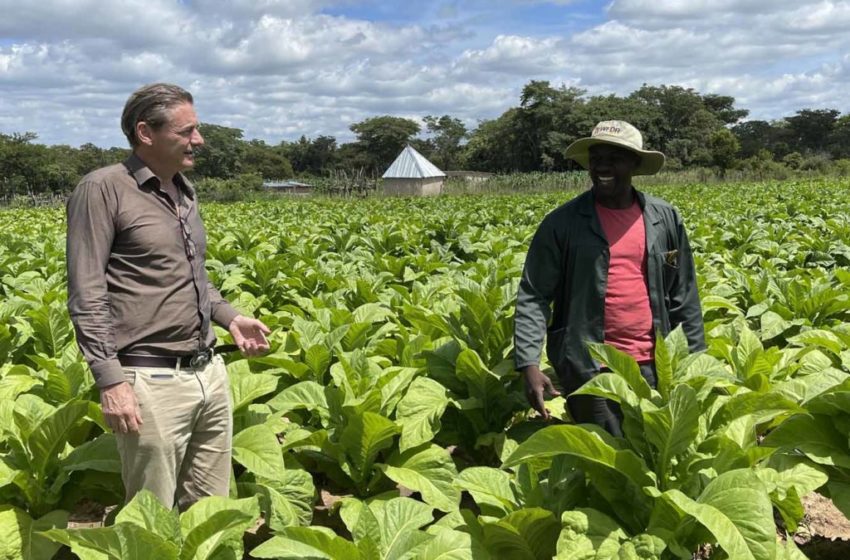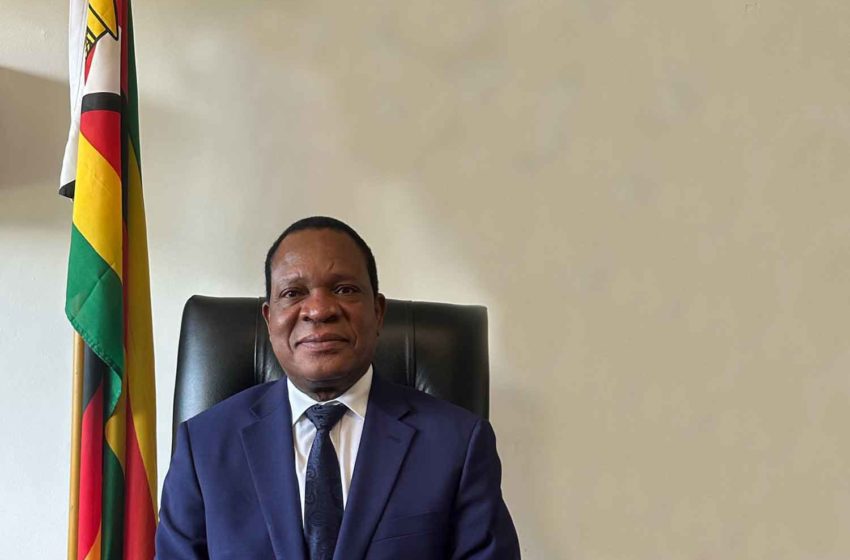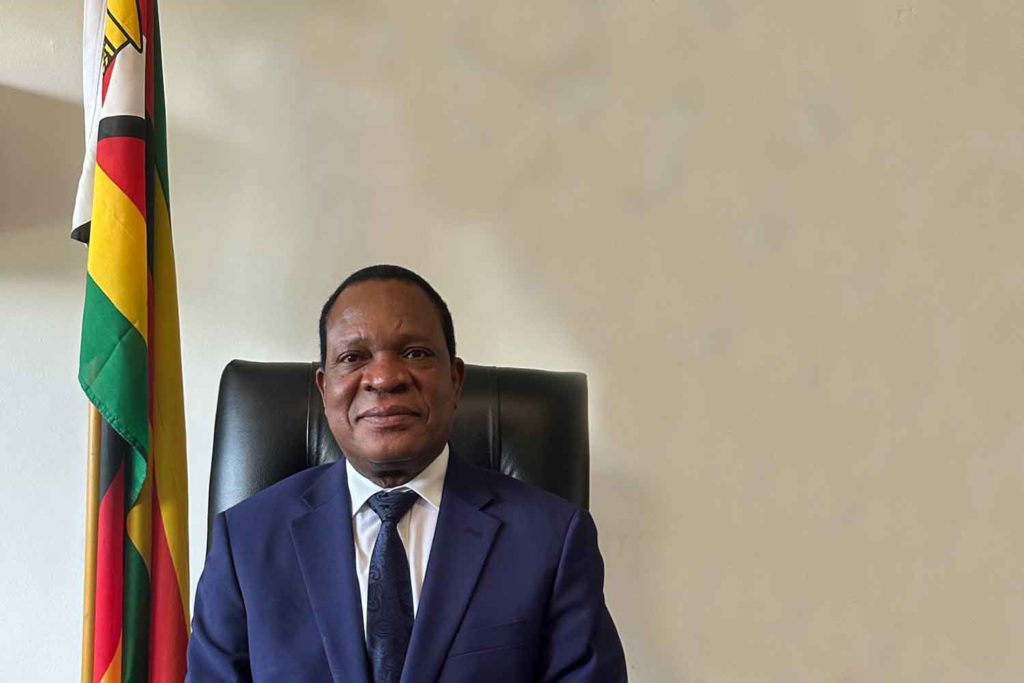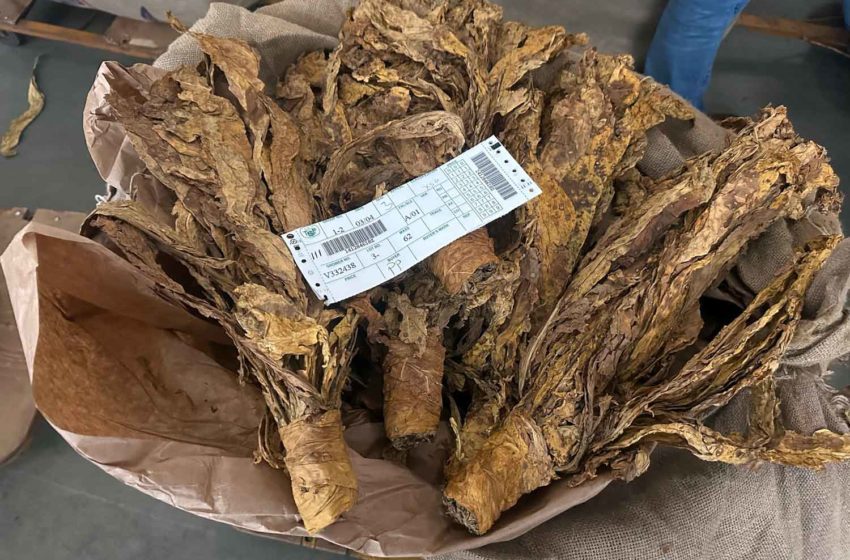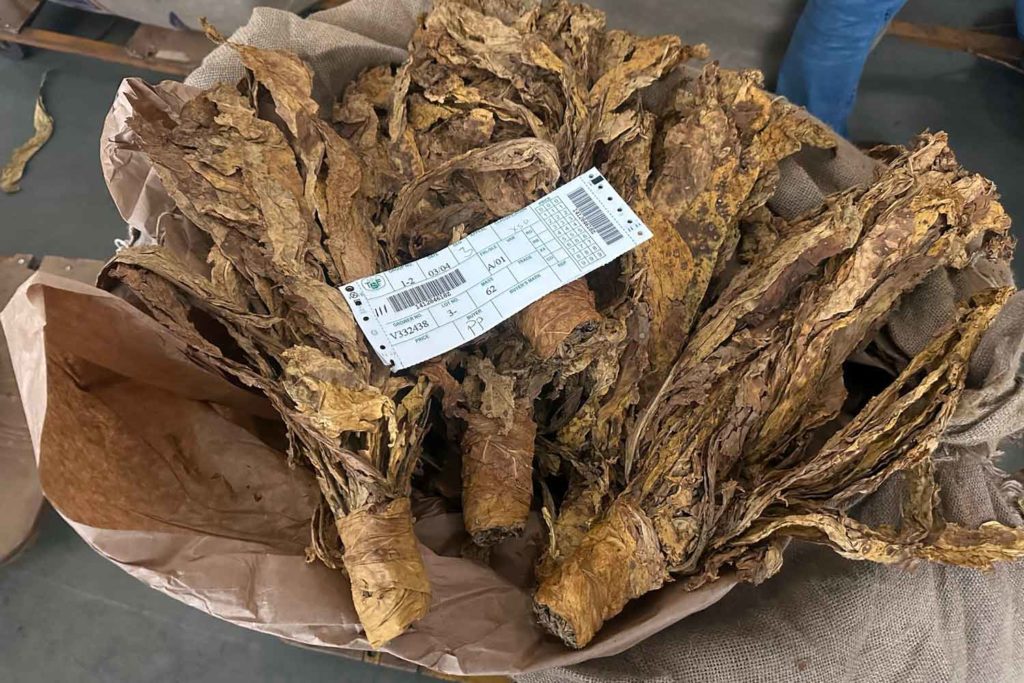To the layman, this can start to look like a lot of effort for possibly not enough reward. So why do it? After all, even the GGLC DRC target of 10 million kg green weight is a drop in the ocean set against what can be grown in Zimbabwe, where, because of the importance of the tobacco crop, the infrastructure and systems, albeit probably not perfect, have been in place and functioning for years.
So let me see if I can get this right. It is worth the effort if the tobacco fits well into a final buyer’s cigarette blend in respect of both sensory factors and cost. Therefore, once a tobacco has been found to be a right fit, and the generally flavorful tobaccos produced in Africa have been highly prized by manufacturers for decades, it all comes down to price. But there are two prices in play here: the dollar price and the hassle price. Some big players have tried their hands in the DRC and Uganda and left, some having found that the hassle price was too high. The idea is that a smaller, more flexible player with experience in negotiating the inevitable business, industry and political chicanes can straighten out those hassles, which, as mentioned above, is why Prince is getting on board.
Much of what can be said about the DRC also applies to Uganda, where tobacco has been grown since at least the 1920s when BAT was active there but where, since the departure of that company’s stabilizing influence, flue-cured operations are currently said to lack a stable and balanced market. But therein lies an opportunity. Although BAT is no longer directly involved in the Ugandan leaf tobacco market, vestiges of the production expertise it left behind are still present, and so Taban and Prince believe the time is right to grasp the opportunity of entering the market for flue-cured tobacco. Prince told me there was a circularity, almost a natural rhythm to the way that smaller producers came into and went out of operation and that he believed the time was right in the region to take advantage of the moment and engage with grower communities and government departments that were now well disposed to such an initiative.
This seems as though it could be a good assessment of the situation. According to an October 2021 story by Gilbert Mwijuke that was published in the East African newspaper, leaf tobacco production in Uganda peaked at 18 million kg in 2013, when more than 75,000 farmers were said to be engaged in the industry. Since then, however, things have fallen apart somewhat, and by 2020, less than 10 million kg was produced, apparently at least partly because of grower prices. Geoffrey Ozuma, a crop scientist at the National Agricultural Research Organization in Hoima and a former tobacco farmer, was quoted in the story as saying that many farmers had been discouraged by declining prices. When certain companies came into the market, he said, prices dropped because those companies started providing farmers with inputs but then set low prices for leaf tobacco produced with it. “That uncertainty, coupled with rising costs of production due to increasing scarcity of essential inputs such as firewood, forced many farmers to give up,” he said.
How accurate these figures are is not known, and Prince treats most of the figures available with some skepticism. FAO figures tend to suggest that—presumably total—tobacco production in Uganda has been remarkably constant in recent years: 31.688 million kg in 2017, 32.762 million kg in 2018, 31.992 million kg in 2019, 32.277 million kg in 2020 and 32.563 million kg in 2021. Meanwhile, FAO figures for the DRC have been similarly constant: 3.774 million kg in 2017, 3.655 million kg in 2018, 3.562 million kg in 2019, 3.694 million kg in 2020 and 3.667 million kg in 2021.
But I guess that historical data is perhaps not important, providing as it is only a guide to what was possible in the past under the conditions and in the environment that then pertained. What is possible in the future will depend on any number of factors that are not necessarily easy to identify at present. That’s probably why it’s necessary to have people such as Prince and Taban in place. They’ve been there before and seen the changes wrought by business, industry and political upheavals.



